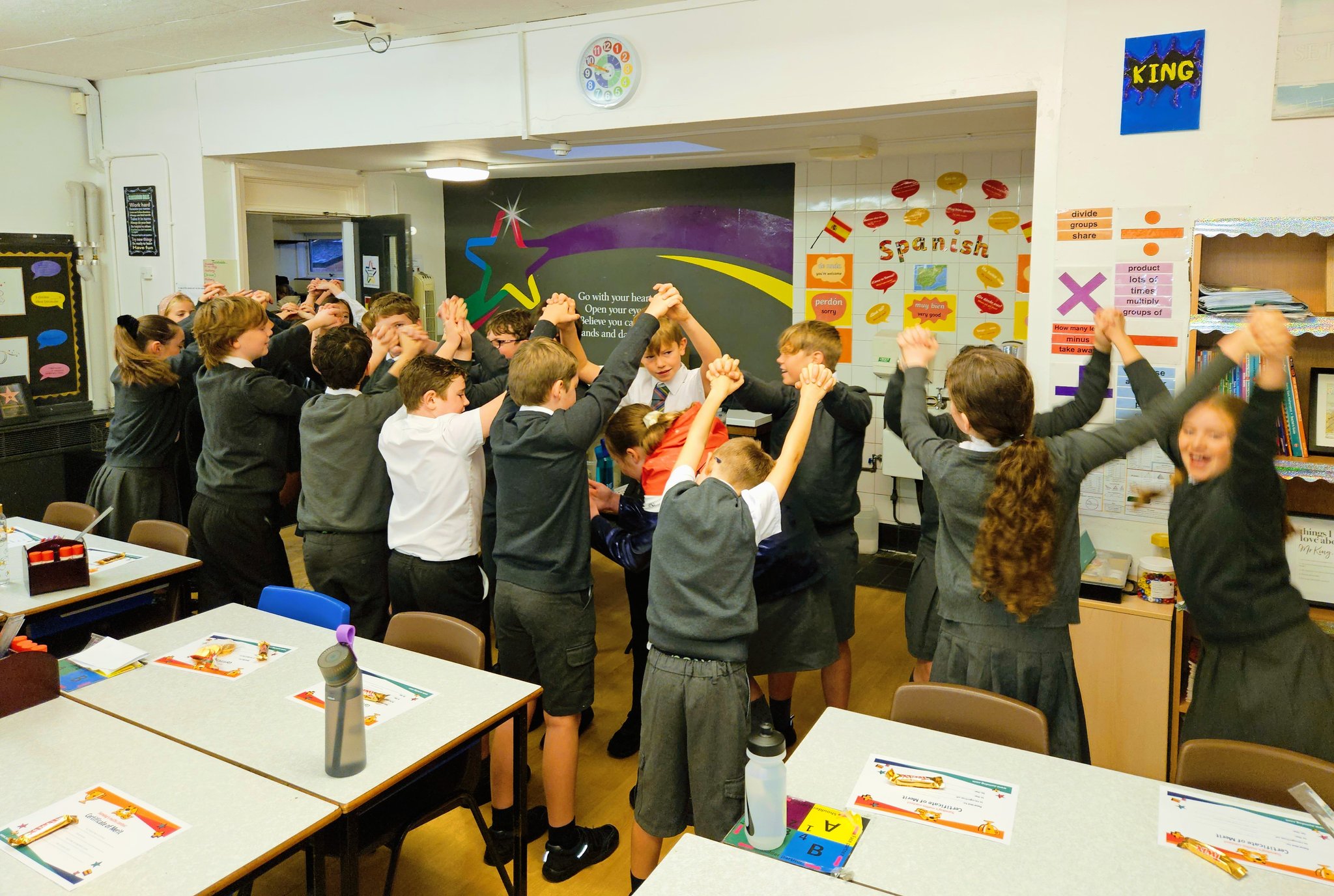In a busy classroom, helping children find a deeper sense of purpose in their learning can have a transformative impact, not only on motivation but also on confidence, teamwork, and long-term achievement.
In gamification theory, this emotional driver is known as Core Drive 1: Meaning and Purpose. It’s the feeling that you're contributing to something bigger than yourself, and that your efforts matter.
At Sumdog, we believe that learning should feel meaningful for every child. That’s why our games and activities are designed with this core drive in mind, helping to create a real sense of belonging, teamwork, and achievement in classrooms across the globe.
What is Core Drive 1: Meaning and Purpose?
The Octalysis Framework, a leading model for understanding human motivation through gamification, identifies "Meaning" as the first and most powerful core drive. It's about feeling part of a bigger story, a higher cause, or a shared mission.
In a learning environment, fostering a sense of meaning can give pupils extra motivation to participate, persist, and succeed — even when the work gets challenging.
The Power of Collective Purpose in Learning
When pupils feel like they’re working together toward a shared goal, learning becomes more engaging and exciting.
Setting collective goals like class competitions, team challenges, or school-wide contests gives children a reason to root for one another, celebrate progress together, and push themselves to achieve not just for personal reward, but for the success of the group.
Research shows that belonging and teamwork aren't just feel-good factors. They’re critical elements that help pupils develop resilience, perseverance, and a positive attitude toward learning.
How Sumdog Brings Meaning into the Classroom
At Sumdog, we intentionally build collective goals into our platform to foster a sense of belonging and purpose among learners. Some of the ways we do this include:
-
Cross-Class Competitions: Classes within a school can compete against each other in competitions, creating a fun, team-based learning environment.
-
Regional and National Contests: Pupils can team up with their classmates to compete against other schools regionally or nationally, giving their hard work a broader sense of purpose.
-
Multiplayer Games: Many of our games are multiplayer, allowing children to play alongside classmates or even with other students around the world, helping them feel part of a larger learning community.
By combining purposeful goals with fun, accessible gameplay, Sumdog helps children see that learning is not just about ticking off tasks — it’s about being part of a community striving for success together.
Teacher Spotlight: Building Belonging Through Competition
Mr. Campbell, Class Teacher at Holytown Primary in Scotland, shared how Sumdog helps foster teamwork and a sense of achievement:
"The pupils love the games and enjoy getting to practise their maths skills while they are having fun. The contests are really great fun and a great way to rally around as a team, in the classes and as a school to celebrate our learning and our hard work."
Contests not only bring out a fun, friendly spirit but also unite children toward a common goal, reinforcing that learning is a shared and rewarding journey.
Takeaway Tips for Teachers
Looking to build more purpose into your classroom? Here's a few ideas:
✅ Set a class vs class competition to create shared goals within your school.
✅ Take part in a regional or national Sumdog contest to rally your pupils and celebrate learning on a bigger stage.
✅ Make space for team celebrations — even small wins deserve a big cheer!
✅ Highlight how each pupil’s effort contributes to the team’s success.
✅ Create team-based activities that encourage collaboration and mutual support.
References
Chou, A.Y. (2023) The Octalysis Framework for Gamification & Behavioral Design. Available at: https://yukaichou.com/gamification-examples/octalysis-complete-gamification-framework (Accessed: 02 April 2025).



